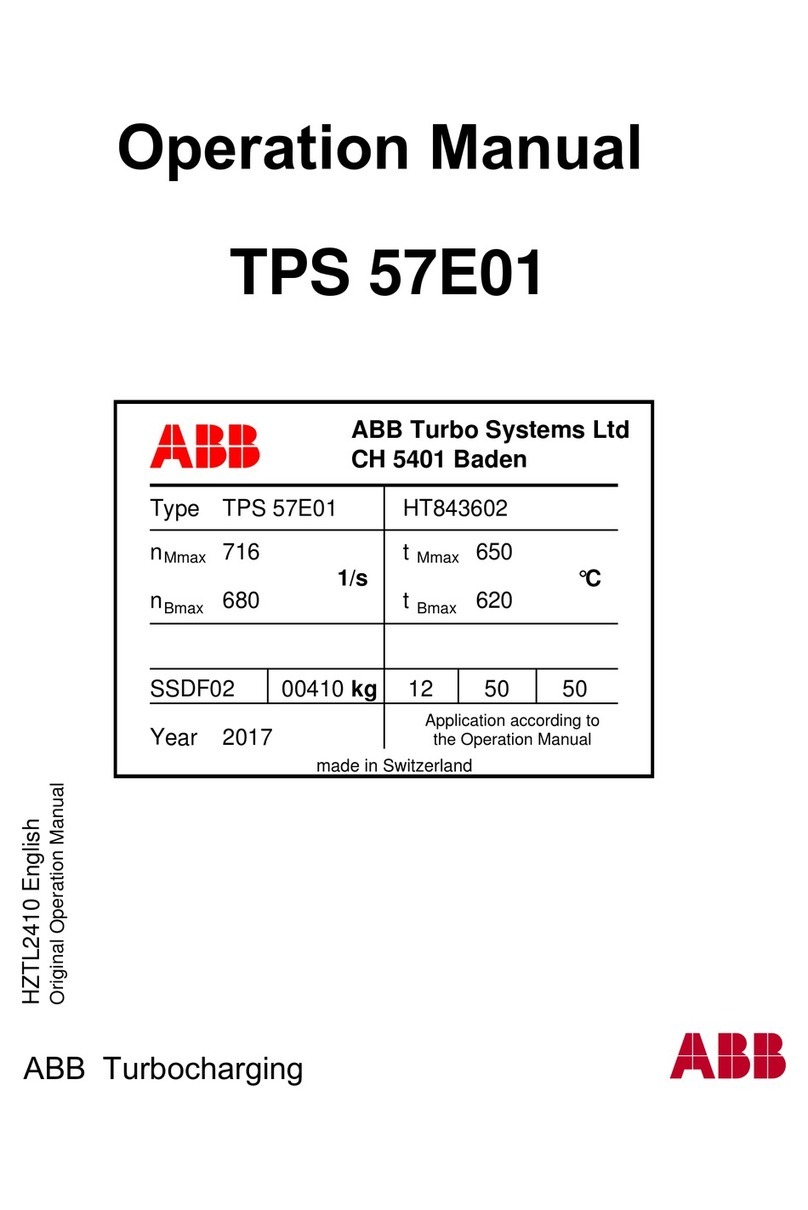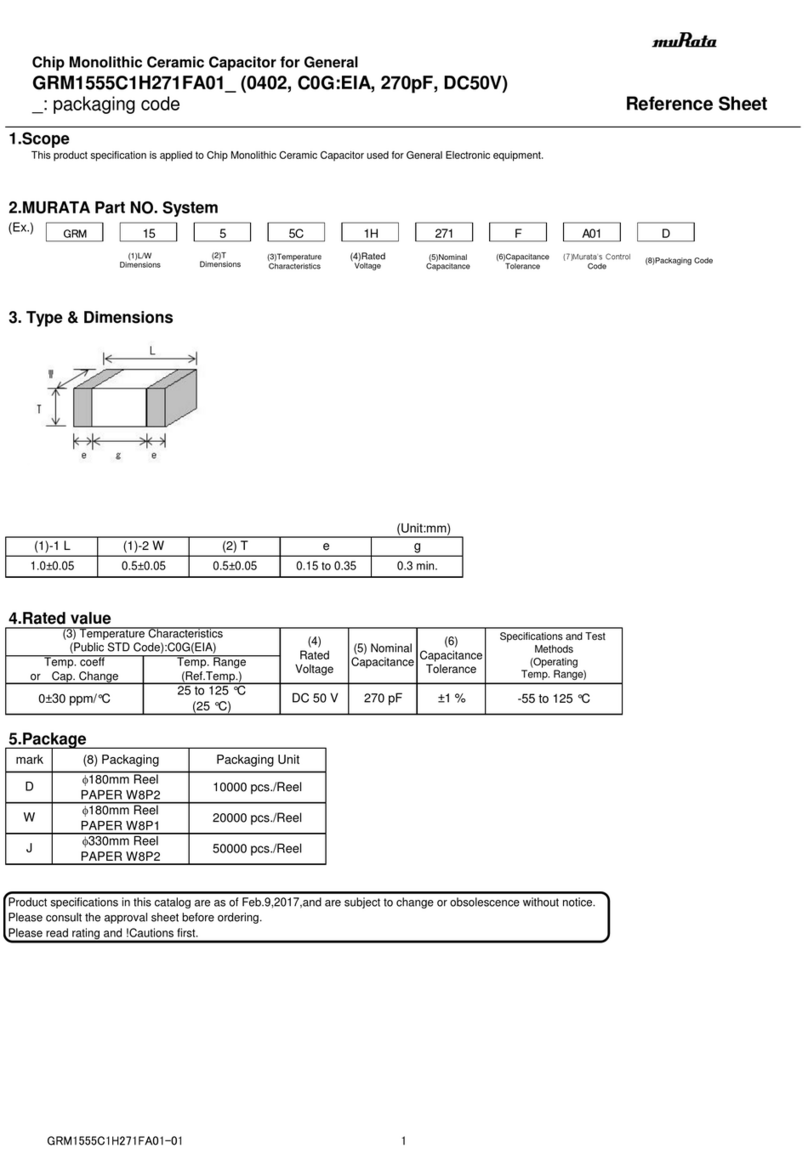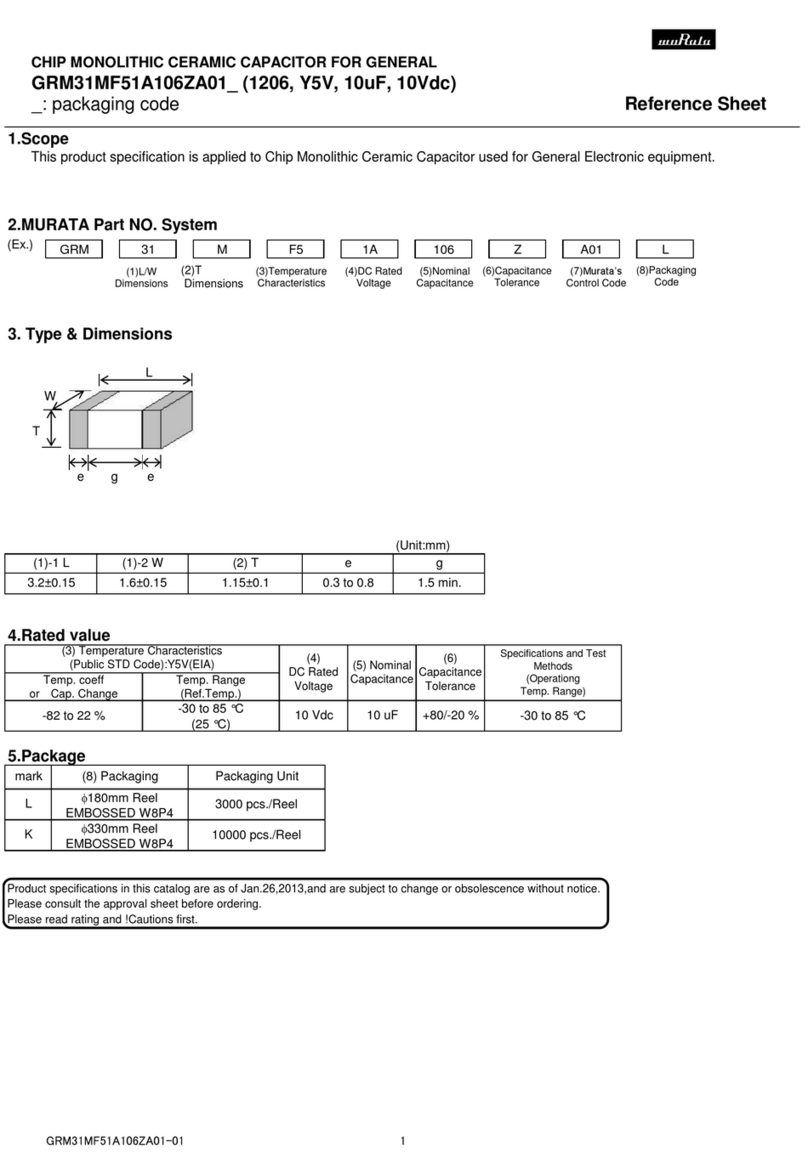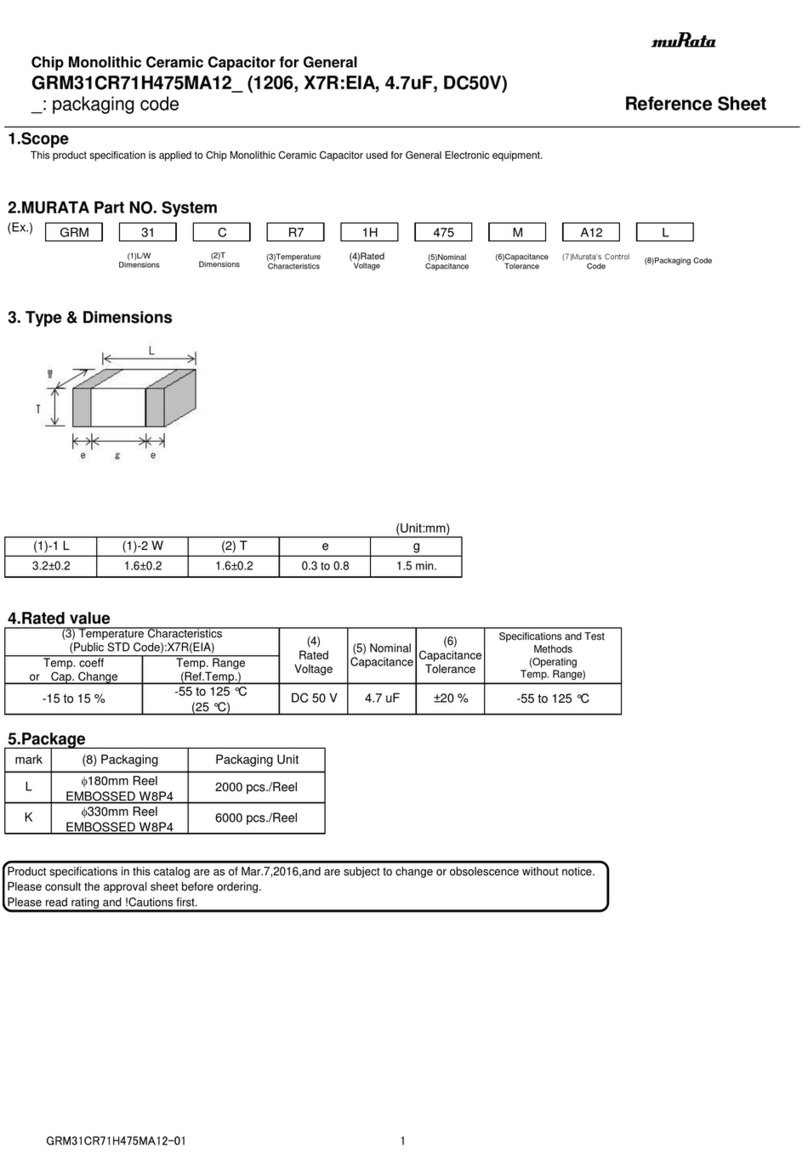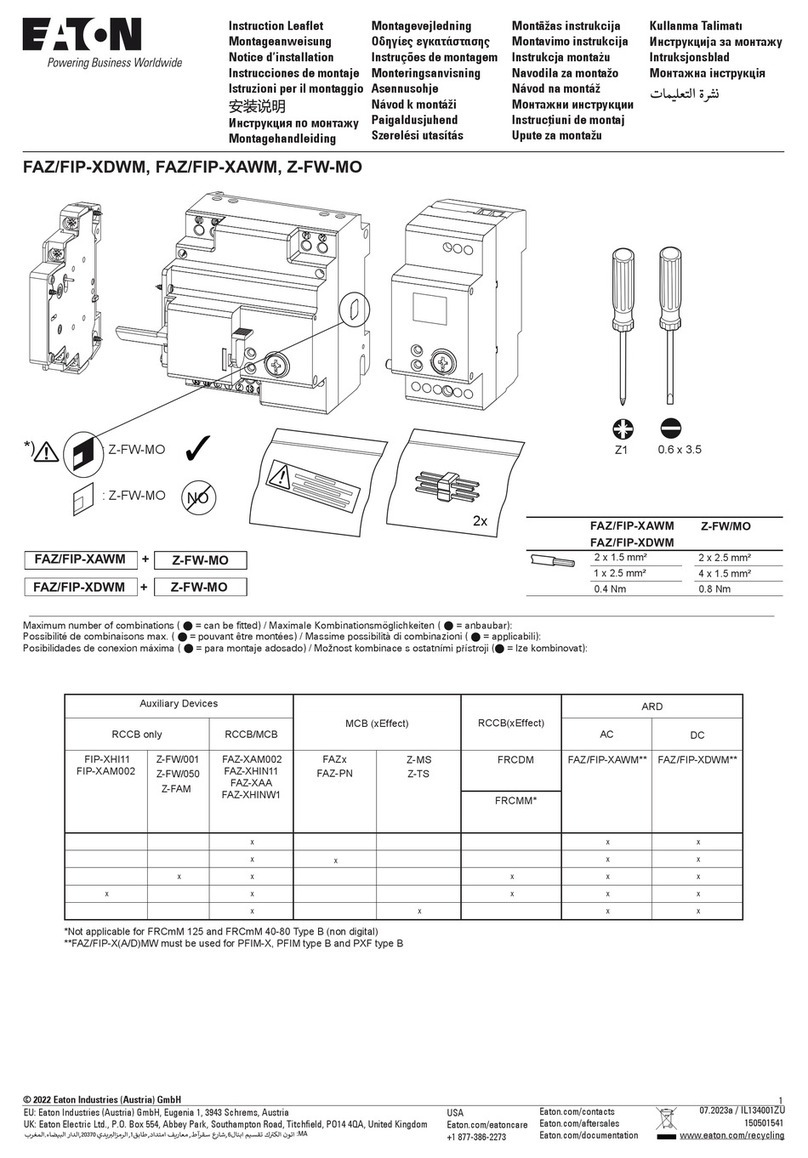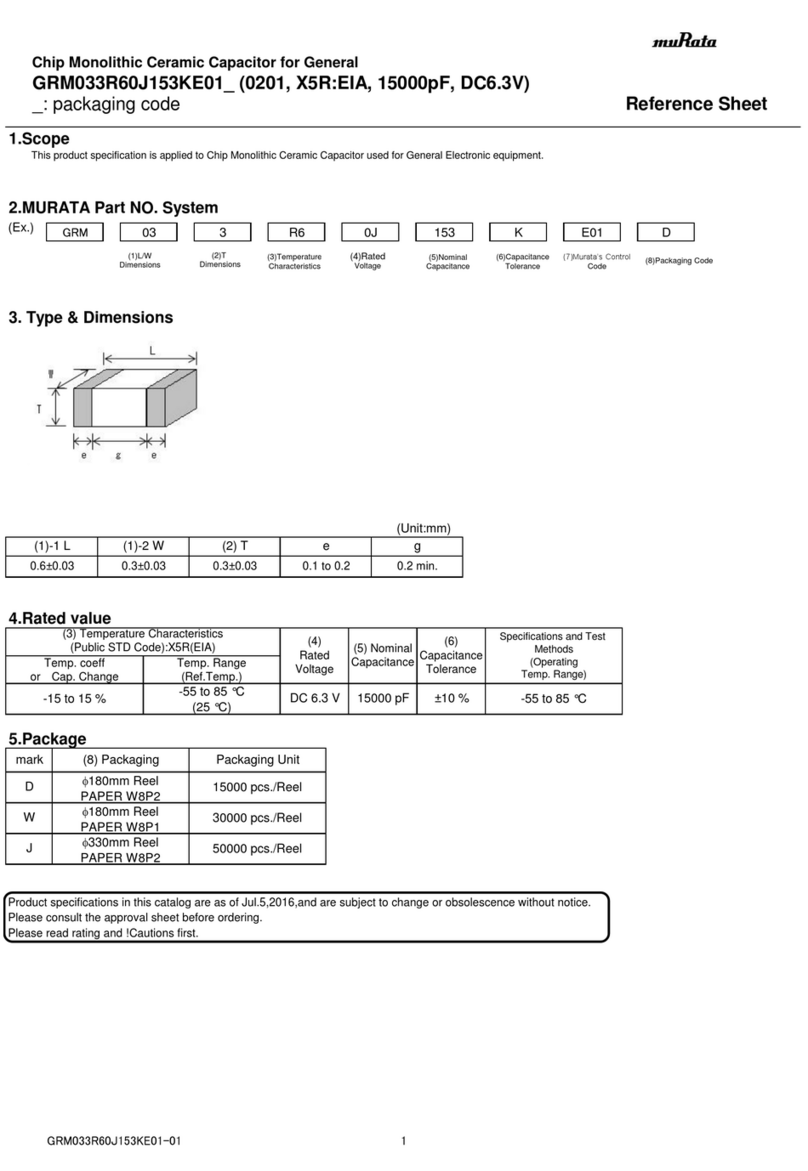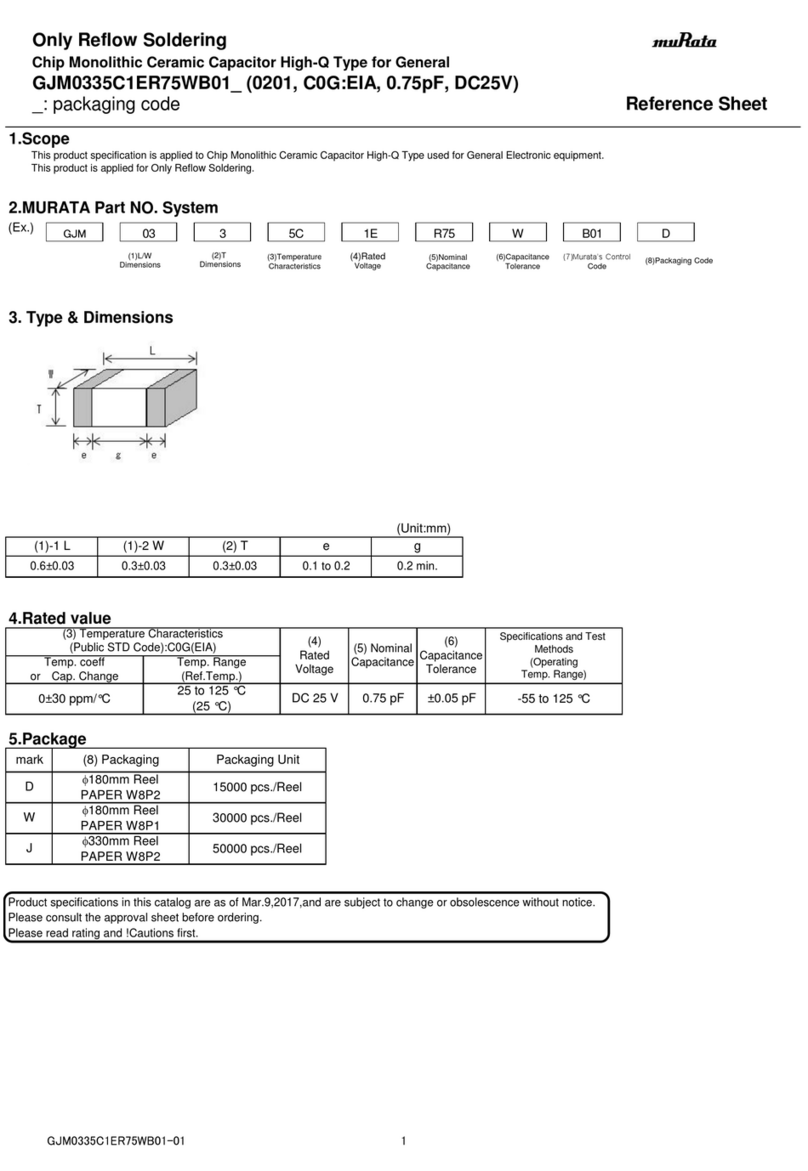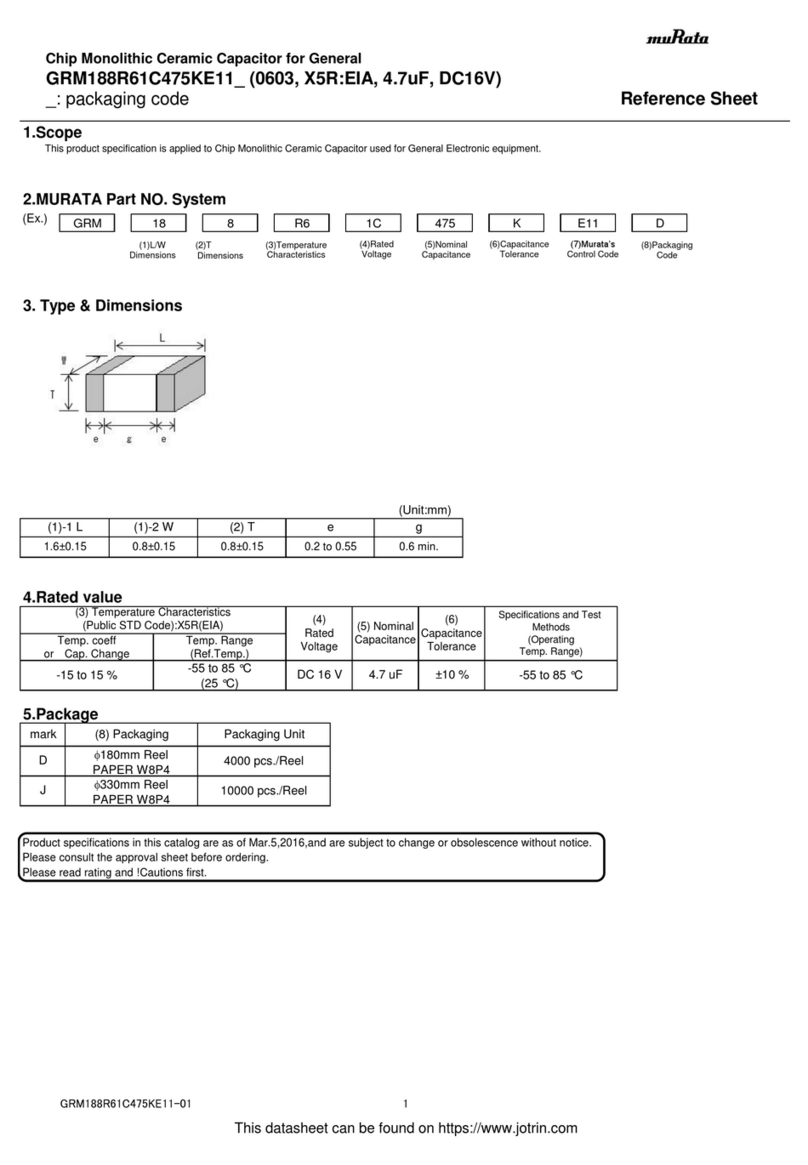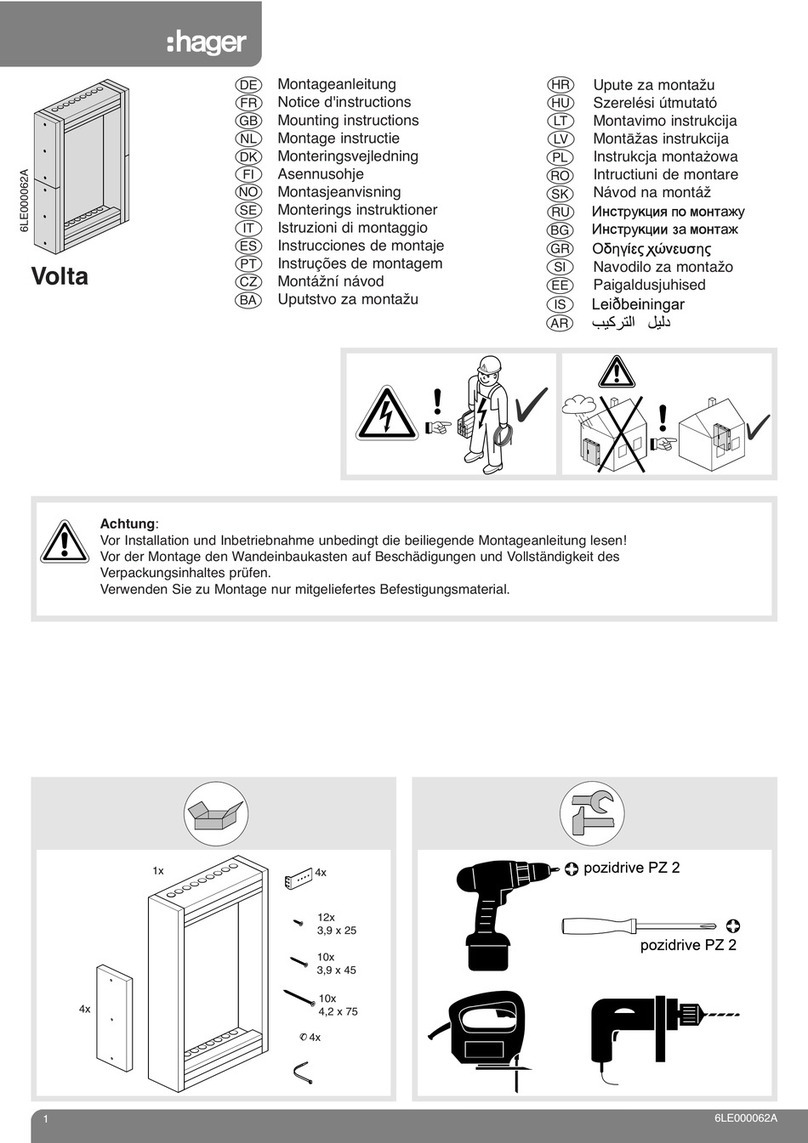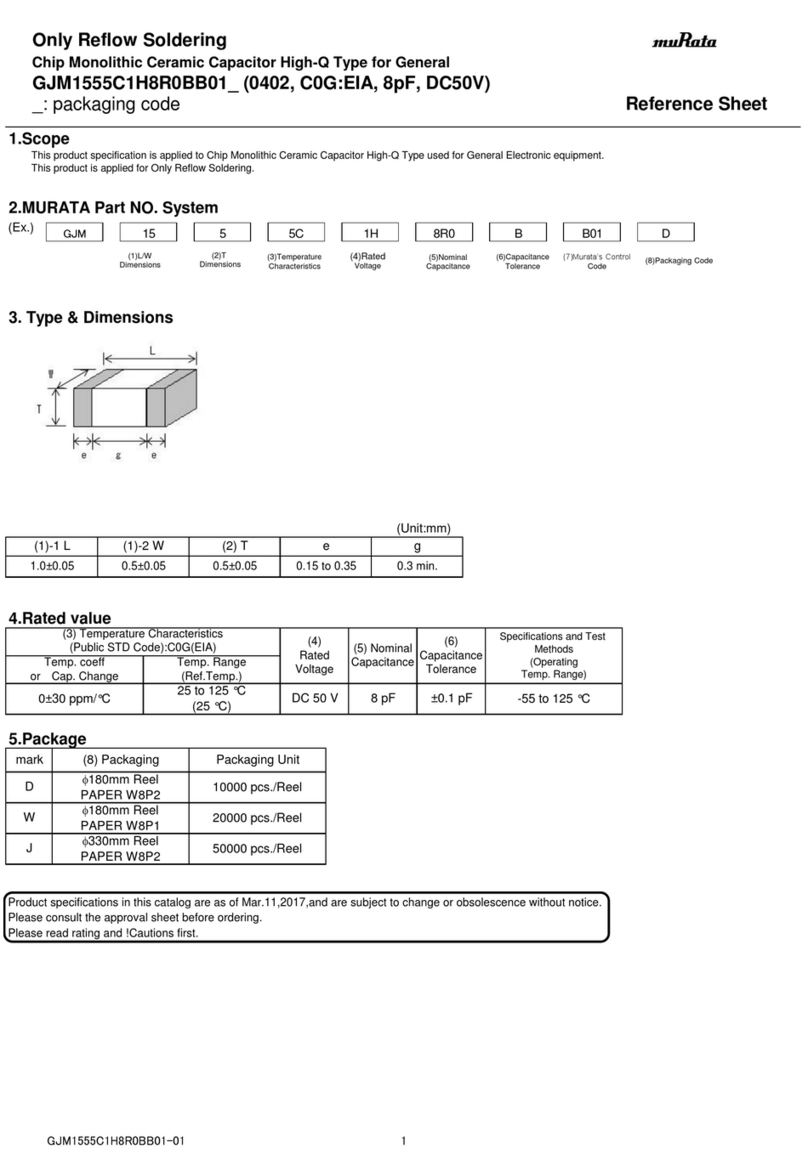GoHz GK3000 Series User manual

GK3000
Variable Frequency Drive
User Manual

1
Preface
GK3000 series is the new generation products to meet general purpose and special
technical demand. The new designed sensorless vector control performance of GK3000
VFD have improved the reliability at low speed, the overload capacity at low frequency and
high control precision at open loop tension control mode. Its function of anti-trip and strong
adaptability to worse grid, temperature, humidity and dust make it meet the high-
performance requirement of the customer application.
GK3000 series VFD built-in RS485 interface which can use software upload, download and
monitoring the parameter of VFD. Built-in PID, 16 multi-speed, traverse control can realize
various complicate high-accuracy drives and widely apply in Textile, paper industry,
machine tool, package, printing, pump and fan.
This manual provides installation and configuration, parameters setting, fault diagnoses and
daily maintenance and relative precautions to customers. Please read this manual carefully
before the installation to ensure a proper installation and operation and high performance of
GK3000 series VFD.
DANGER:indicates the situation in which the failure to follow operating requirements
may result in fire or serious personal injury or even death.
CAUTION: indicates the situation in which the failure to follow operating requirements
may cause moderate or slight injury and damage to equipment.

2
Contents
Preface············································································································1
Chapter 1 Precautions·······················································································5
1.1 Safety Precautions·························································································5
1.2 Precautions for use························································································8
1.3 Disposal considerations ················································································10
Chapter 2 Product Introduction········································································· 11
2.1 Naming rules······························································································ 11
2.2 Nameplate information·················································································· 11
2.3 Series and Models·······················································································12
2.4 Specifications ·····························································································13
2.5 Products apperance·····················································································16
2.6 Installation size ···························································································17
2.7 Optional Parts·····························································································21
Chapter 3 Installation and Wire Connection························································ 23
3.1 Mechanical installation··················································································23
3.2 Standard wiring···························································································24
3.3 EMC Installation Instruction ···········································································35
Chapter 4 Operation and operation.................................................................................39
4.1 Initial power-up .............................................................................................................39
4.2 VFD operation ..............................................................................................................40
4.3 Keypad introduce .........................................................................................................42
4.4 Display Status ..............................................................................................................45
4.5 Keyboard operation .....................................................................................................48
Chapter 5 Function Code Table·········································································51

3
5.1 Property description·····················································································51
5.2 Function code table······················································································51
Chapter 6 Detailed Function Parameter Description·············································93
Group P0 Standard Function Parameter································································93
Group P1 Start/Stop Parameter ········································································· 103
Group P2Auxiliary Functions ············································································ 108
Group P3 Input Terminals················································································· 120
Group P4 Output Terminals··············································································· 133
Group P5 V/F curve parameters ········································································ 141
Group P6 PID Function parameters···································································· 146
Group P7 Operation Panel and Display······························································· 156
Group P8 Motor Parameters ············································································· 159
Group P9 Vector Control Parameters·································································· 162
Group PA Fault and Protection ·········································································· 168
Group Pb Multi-Reference and Simple PLC Function ············································· 177
Group PC Communication Parameter·································································181
Group Pd Function Code Management ······························································· 181
Group PE Swing Frequency, Fixed Length and Count············································· 182
Group PF AI/AO Correction andAI Curve Setting ·················································· 186
Group E0 Ser function code parameter································································ 188
Group E6 Motor parameters·············································································· 189
Group E9 Protection function parameter······························································ 189
2nd, 3rd, and 4th motor parameters (E3, E4, E5 groups)········································· 192
Monitoring parameter group-operation parameter monitoring (group b0))·················· 192
Chapter 7 Fault Diagnosis and Processing······················································· 193
7.1 Failure Phenomena and Countermeasures ····················································· 193
7.2 Fault Record Query···················································································· 197

4
7.3 Fault Reset ······························································································ 197
Chapter 8 Maintenance and Maintenance e······················································· 199
8.1 Daily maintenance and Maintenance ····························································· 199
8.2 Periodic Preservation and Maintenance·························································· 199
8.3 Warranty Description·················································································· 200
Chapter 9 Serial Port RS485 Communication Protocol······································· 202
9.1 Communication Overview············································································ 202
9.2 Communication Protocol Description······························································ 202
9.3 Communication Protocol ············································································ 204

5
Chapter 1 Precautions
1.1 Safety Precautions
The use phase
Safety class
Precaution
Before
Installation
Danger
Do not install the product if the package is with
water, or component is missing or broken;
Do not install the product if the label on the
package is not identical to that on the VFD.
Caution
Be careful of carrying or transportation. Risk of
devices damage.
Do not use damaged product or the VFD
missing component. Risk of injury.
Do not touch the parts of control system with
bare hands. Risk of ESD hazard.
Installation
Danger
Installation base shall be metal or other
non-flammable material. Risk of fire.
Do not install VFD in an environment
containing explosive gases, otherwise there is
danger of explosion.
Do not unscrew the fixing bolts, especially the
bolts with red mark.
Caution
Do not leave cable strips or screws in
the VFD. Risk of VFD damage.
Install the product at the place with less vibration
and no direct sunlight.
Consider the installation space for cooling
purpose when two or more VFD are placed in
the same cabinet.

6
The use phase
Safety class
Precaution
Wiring
Danger
Wiring must be performed by authorized and
qualified personnel. Risk of danger.
Circuit-breaker should be installed between
VFD and the mains. Risk of fire.
Make sure the input power supply has been
completely disconnected before wiring. Failure to
comply may result in personnel injury and/or
equipment damage.
Since overall leakage current of this equipment
may be bigger than 3.5mA, for safety's sake, this
equipment and its associated motor must be well
grounded so as to avoid risk of electric shock.
Never connect the power cables to the output
terminals (U, V, W) of the VFD. Pay attention to
the marks of the wiring terminals and ensure
correct wiring. Failure to comply will result in
damage to theVFD.
Install braking resistors at terminals (P+) and (P-
or PB) only. Failure to comply may result in
equipment damage.
Caution
Since all adjustable frequencyAC drives from our
company has been subjected to hi-pot test before
delivery, users are prohibited from implementing
such a test on this equipment. Failure to comply
may result in equipment damage.
Signal wires should to the best of the possibility
be away from main power lines. If this cannot be
ensured, vertical cross-arrangement shall be
implemented, otherwise interference noise to
control signal may occur.
If motor cables are longer than 100m, it is

7
The use phase
Safety class
Precaution
recommended output AC reactor be used.
Failure to comply may result in faults.
Before
Power-on
Danger
VFD shall be power-on only after the front
cover is assembled. Risk of electrical hazard.
Caution
Verify that the input voltage is identical to the
rated voltage of product, correct wiring of input
terminals R, S, T and output terminals U, V, and
W, wiring of VFD and its peripheral circuits, and
all wires should be in good connection. Risk of
VFD damage.
After Power-on
Danger
Do not open the cover after power. Rick of
electrical hazard.
Do not touches any input/output terminals of
VFD with bare hands. Rick of electrical
hazard.
Caution
If auto tuning is required, be careful of personal
injury when motor is running. Risk of accident.
Do not change the defaults of parameters. Risk
of devices damage.
During
Operation
Danger
Non-professionals shall not detect signals during
operation. Risk of personal injury or device
damage.
Do not touch the fan or the discharging resistor to
check the temperature. Failure to comply will
result in personal burnt.
Caution
Prevent any foreign items from being left in the
devices during operation. Risk of device damage.
Do not control start/stop of VFD by ON/OFF of
contactor. Risk of device damage.

8
The use phase
Safety class
Precaution
Maintenance
Danger
Maintenance and inspection can only be
performed by professionals. Risk of personal
injury.
Maintain and inspect devices after power is off.
Risk of electric hazard.
Repair or maintain the VFD only ten minutes
after the VFD is powered off. This allows for the
residual voltage in the capacitor to discharge to
a safe value. Failure to comply will result in
personal injury.
All pluggable components can be inserted or
pulled out only when power has been turned off.
Set and check the parameters again after the
VFD is replaced.
1.2 Precautions for use
When using the GK3000 series VFD, please pay attention to the following points:
1.2.1 Constant torque and low speed operation
When the VFD is running with a normal motor for a long period of low speed, the heat
dissipation effect will be deteriorated, which will affect the life of the motor. If you need
low-speed constant torque for long-term operation, you must use a dedicated VFD motor.
1.2.2 Confirmation of motor insulation
When applying the GK3000 series VFD, please confirm the insulation of the motor before
using the motor to prevent damage to the equipment. In addition, please check the
insulation of the motor regularly when the environment of the motor is bad, to ensure the
safe operation of the system.
1.2.3 Negative torque load
For situations such as lifting the load, there is often a negative torque, and the VFD will
trip if an overcurrent or overvoltage fault occurs. In this case, the optional braking resistor
should be considered.

9
1.2.4 Mechanical resonance point of the load device
The VFD may encounter the mechanical resonance point of the load device within a
certain range of output frequency, and must be avoided by setting the jump frequency.
1.2.5 Capacitance or varistor for improving power factor
Since the output voltage of the VFD is pulse wave type, if the output side is equipped with a
capacitor with improved power factor or a varistor for lightning protection, it will cause the
VFD to trip or damage the device. Be sure to remove it, and it is recommended not to be on
the output side. Add switching devices such as air switches and contactors, as shown in
Figure 1-1. (If the output of the VFD must be zero when the output side switch device is
activated)
Figure 1-1 Disabling the capacitor at the output of the VFD
1.2.6 Derate at Basic frequency setting
When the fundamental frequency setting is lower than the rated frequency, please pay
attention to the derating of the motor to avoid overheating of the motor.
1.2.7 Operating at frequencies above 50Hz
If it is operated above 50 Hz, in addition to considering the vibration and noise of the motor, it
is necessary to ensure the speed range of the motor bearings and mechanical devices.
1.2.8 Electronic thermal protection value of the motor
When the adapter motor is selected, the VFD can thermally protect the motor. If the motor
does not match the rated capacity of the VFD, be sure to adjust the protection value or take
other protective measures to ensure the safe operation of the motor.
1.2.9 Altitude and derating
VFD

10
In areas where the altitude is more than 1000 meters, the heat dissipation effect of the
VFD is deteriorated due to the thin air, and it is necessary to derate the use. Figure 1-2
shows the relationship between the rated current of the VFD and the altitude.
Figure 1-2 VFD rated output current and altitude derating diagram
1.2.10 About the degree of protection
The protection level IP20 of the GK3000 VFD refers to the degree of protection achieved
when the status display unit or keyboard is selected.
1.3 Disposal considerations
When scrapping the VFD, please note:
The electrolytic capacitor of the main circuit and the electrolytic capacitor on the printed
circuit board may explode when incinerated. Poisonous gas is generated when plastic parts
are incinerated body. Please treat as industrial waste.

11
Chapter 2 Product Introduction
2.1 Naming rules
2.1 Nameplate information
Below the right side panel of the VFD, a nameplate indicating the VFD model and
rating is attached. The meanings are as follows:
Fig 2-2. Name Designation Rules
Voltage
Code
220V
2
380V
4
Input voltage
Code
Single phase
S
Three phases
T
Code
VFD type
G
Constant torque
P
Pump& Fan
Code
Power rate
0007
0.75KW
0015
1.5KW
0075
7.5KW
Fig 2-1. Models description
Abbreviatio
n
GK3000 4 T 0015 G
GK3000
Variable Frequency Drives

12
2.3 Series and Models
Voltage
level
Model
Rated
capacity
(KVA)
Rated
output
Current
(A)
Applicable
Motor
(KW
)
GType
PType
380V
Three
phase
GK3000-4T0007G GK3000-4T0015P
1.5
2.5
0.75
GK3000-4T0015G GK3000-4T0022P
2.5
4.0
1.5
GK3000-4T0022G GK3000-4T0037P
3.0
6.0
2.2
GK3000-4T0037G GK3000-4T0055P
5.9
9.0
3.7
GK3000-4T0055G GK3000-4T0075P
8.5
14.0
5.5
GK3000-4T0075G GK3000-4T0110P
11
17.0
7.5
GK3000-4T0110G GK3000-4T0150P
17
25
11
GK3000-4T0150G GK3000-4T0185P
21.7
32
15
GK3000-4T0185G GK3000-4T0220P
25.7
39
18.5
GK3000-4T0220G GK3000-4T0300P
29.6
45
22
GK3000-4T0300G GK3000-4T0370P
39.5
60
30
GK3000-4T0370G GK3000-4T0450P
49.4
75
37
GK3000-4T0450G GK3000-4T0550P
60
91
45
GK3000-4T0550G GK3000-4T0750P
73.7
112
55
GK3000-4T0750G GK3000-4T0900P
99
150
75
GK3000-4T0900G GK3000-4T1100P
116
176
90
GK3000-4T1100G GK3000-4T1320P
138
210
110
GK3000-4T1320G GK3000-4T1600P
167
253
132
GK3000-4T1600G GK3000-4T1850P
200
304
160
GK3000-4T1850G GK3000-4T2000P
234
355
187
GK3000-4T2000G GK3000-4T2200P
248
377
200
GK3000-4T2200G GK3000-4T2500P
280
426
220
GK3000-4T2500G GK3000-4T2800P
318
474
250
GK3000-4T2800G GK3000-4T3150P
342
520
280
GK3000-4T3150G GK3000-4T3500P
390
600
315
GK3000-4T3500G GK3000-4T4000P
435
660
350
GK3000-4T4000G GK3000-4T4500P
493
750
400

13
Voltage
level
Model
Rated
capacity
(KVA)
Rated
output
Current
(A)
Applicable
Motor
(KW
)
GType
PType
GK3000-4T4500G GK3000-4T5000P
560
850
450
GK3000-4T5000GGK3000-4T5600P
625
860
500
GK3000-4T5600GGK3000-4T6300P
691
990
560
GK3000-4T6300G GK3000-4T7100P
770
1100
630
GK3000-4T7100G GK3000-4T5000P
880
1280
710
GK3000-4T8000G GK3000-4T9000P
1030
1400
800
GK3000-4T9000GGK3000-4T10000P
1120
1575
900
GK3000-4T10000G GK3000-4T11000P
1250
1750
1000
2.4 Specifications
Items
Specifications
Input
Rated Voltage
Three phase 380V / 415V / 440V/460V; 50Hz/60Hz
Range
Voltage: ±20% voltage unbalance rate:<3%; frequency:
±5%
Output
Rated voltage
0~380V / 415V / 440V/460V
Frequency
range
0Hz~1000Hz
Frequency
resolution
0.01Hz
Overload
ability
150% rated current for1minute, 180% rated current for3
seconds
Control function
Control
function
Torque control
accuracy
±5%(FVC)
Control mode
V/F, Sensorless vector control (SVC), Speed Sensor vector
control (FVC)
Frequency
accuracy
Digital setting: The highest frequency×±0.01% Analog
setting: The highest frequency ×±0.2%
Frequency
resolution
Digital setting: 0.01Hz; Analog setting: The highest
frequency×0.1%
Start
frequency
0.40Hz~20.00Hz

14
Items
Specifications
Torque boost
Auto torque boost, manual torque boost 0.1%~30.0%
V/F curve
Five ways: constant torque V/F curve, 1 kind of user defined
V/F curve ,3 kinds of down torque curve (2.0/1.7/1.2times
the power)
Acc./Dec.
curve
Two ways: linear Acc./Dec., S-curve Acc./Dec.;7 kinds of
Acc./Dec. time, Time unit(minute/second) optional, max.
time: 6000 minutes.
DC braking
DC Braking Frequency: 000Hz~ Max Frequency
Braking Time: 0.0s~36.0s
Braking Action Current Value: 0.0%~100.0%
Energy
consuming
braking
Below 22KW drive built-in energy consuming braking unit,
30-37KW built-in braking unit optional, external braking
resistor is optional.
Jog running
Jog frequency range:0.1Hz~50.00Hz, JOG Acc./Dec. time:
0.1~60.0s
Build-in
Double PID
Easily constitute a close loop control system
Multi-stage
speed
running
Max 16 multi-stage speed running via build-in PLC or
control terminals
Textile swing
frequency
Swing frequency available with preset and central
frequency adjustable
Auto voltage
regulation
Keep a stable voltage automatically when the grid voltage
transients
Auto energy
saving
running
Saving energy by auto optimizing V/F curve according to
the load
Auto current
limiting
Auto current limiting to prevent frequent over current fault
trip
Multi pumps
control
With water supply card, the function can implement multi
pumps constant pressure water supply
Communicati
on
4 field bus: Modbus, Profibus, CANlink, CANopen
Running
command
channel
Control panel: control terminal :serial port :3 channels
switchable

15
Items
Specifications
Running
function
Frequency
setting
channel
Control panel potentiometer setting: ▲、▼control panel
keys setting; Function code setting: Serial port setting;
Terminal up/down setting: Input Analog voltage setting:
Input Analog current setting: Input pulse setting;
Combination ways setting;
Above ways are switchable.
Input channel
8 digital input terminals, 1 of which supports up to 100KHZ
high speed pulse input
2 analog input terminals, 1 support 0~10V voltage input
1 support 0~10V voltage input or 0~20mA current input
Output
channel
1 high-speed pulse output terminal (optional open collector
type), supporting square wave signal output of 0~100Khz
1 digital output terminal
2 relay output terminals (≥5.5kw), one relay below 5.5kw
2 analog output terminals, support 0~20mA current output
or 0~10V voltage output (≥5.5kw 2 terminals) <5.5kw 1
terminal
Control panel
LED digital
display
Display setting frequency, output voltage, output current,
etc.
External
meter display
Display output frequency, output current, output voltage,
etc.
Key lock
All the keys can be locked
Parameter
copy
Function code parameters can be copied
between VFD when use remote control panel
Protection function
Over current tprotection:
overvoltageprotection:undervoltageprotection:overheating
protection: overload protection, etc.
Input phase loss protection ( model>2.2kw)
Optional parts
Braking unit: remote control panel: cable: panel mounting
feet, etc.
Environment
Environment
Indoors, free from direct sunlight, dust, corrosive gas, oil
mist, steam, water dropper salt, etc
Altitude
Lower than 1000m (derating is necessary above 1000m)
Ambient
temperature
-10℃~+40℃
Humidity
<90%RH, no condensation
Vibration
Lower than 5.9m/s (0.6g)

16
Items
Specifications
Storage
temperature
-20℃~+60℃
Structure
Protection
level
IP20(In the selection of state display unit or the keyboard
state)
Cooling
Forced air cooling
Installation
Wall mounted; Floor mounted
2.5 Products apperance
Fig 2-3 parts of VFD

17
2.6 Installation size
2.6.1 0.75~22KW (Plastic shell)
VFD Model
W1
(mm)
W
(mm)
H1
(mm)
H
(mm)
D
(mm)
Mount
hole
G Type
P Type
GK3000 series/Input voltage: 220V single phase
GK3000-2S0004G
72.5
85
149.5
142
110
Φ5
GK3000-2S0007G
GK3000-2S0015G
GK3000-2S0022G
88
98
174
184
135
Φ5
GK3000 series/Input voltage: 380V three-phase
GK3000-4T0007G GK3000-4T0015P
90
104
176
190
150
Φ5
GK3000-4T0015GGK3000-4T0022P
GK3000-4T0022GGK3000-4T0037P
116
130
222
236
176
Φ6
GK3000-4T0037G GK3000-4T0055P
GK3000-4T0055G GK3000-4T0075P
155
172
256
272
182
Φ7
GK3000-4T0075G GK3000-4T0110P
GK3000-4T0110G GK3000-4T0150P
188
316
316
330
200
Φ7
GK3000-4T0150G GK3000-4T0185P
GK3000-4T0185G GK3000-4T0220P
GK3000-4T0220G GK3000-4T0300P
Fig 2-4

18
2.6.2 11~160KW (Iron shell)
VFD Model
W1
(mm)
W
(mm)
H1
(mm)
H
(mm)
D
(mm)
Mount
hole
G Type
P Type
GK3000 series/Input voltage: 380V three-phase
GK3000-4T0110G GK3000-4T0150P
170
248
346
360
210
Φ7
GK3000-4T0150G GK3000-4T0185P
GK3000-4T0185G GK3000-4T0220P
200
260
427
445
230
Φ9
GK3000-4T0220G GK3000-4T0300P
GK3000-4T0300G GK3000-4T0370P
200
320
511
530
325
Φ9
GK3000-4T0370G GK3000-4T0450P
GK3000-4T0450G GK3000-4T0550P
250
310
530
555
260
Φ12
GK3000-4T0550G GK3000-4T0750P
GK3000-4T0750G GK3000-4T0900P
280
400
619.5
650
300
Φ14
GK3000-4T0900G GK3000-4T1100P
GK3000-4T1100G GK3000-4T1320P
GK3000-4T1320 G GK3000-4T1600P
280
450
756
790
300
Φ14
GK3000-4T1600 G GK3000-4T1850P
Fig 2-5
Fig 2-6
(
Add base
)

19
2.6.3 185~250KW (Iron shell)
VFD Model
W1
(mm)
W
(mm)
H2
(mm)
H1
(mm)
H
(mm)
D
(mm)
Mount
hole
G Type
P Type
GK3000 series/Input voltage: 380V three-phase
GK3000-4T1850G GK3000-4T2000P
400
550
1200
775
810
330
Φ14
GK3000-4T2000G GK3000-4T2200P
GK3000-4T2200G GK3000-4T2500P
480
640
1270
775
810
350
Φ12
GK3000-4T2500G GK3000-4T2800P
Fig 2-8
(
Add base
)
Fig 2-7
This manual suits for next models
1
Table of contents
Popular Industrial Electrical manuals by other brands
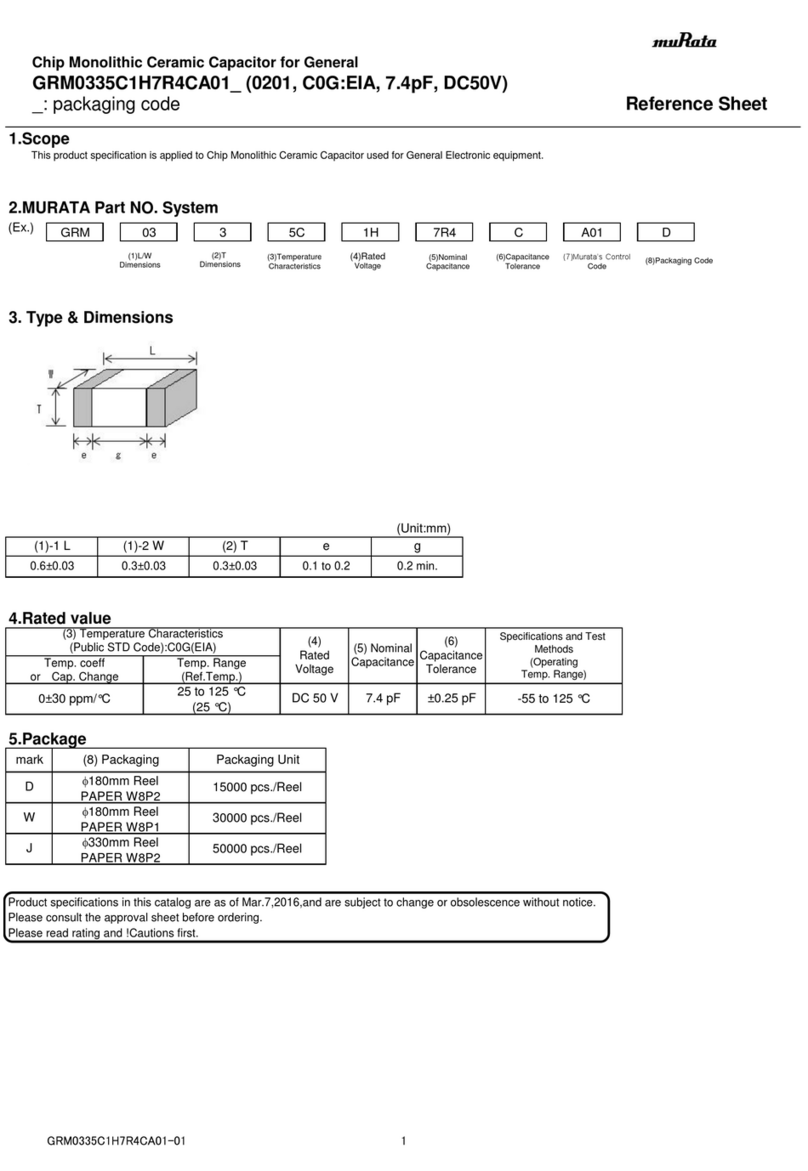
Murata
Murata GRM0335C1H7R4CA01 Series Reference sheet

Murata
Murata GRM21BC81C226ME44 Series Reference sheet
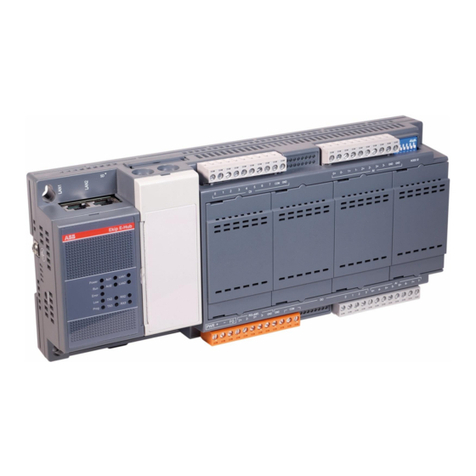
ABB
ABB Ekip E-Hub Getting started

Burkert
Burkert AirLINE Ex 8650 operating instructions
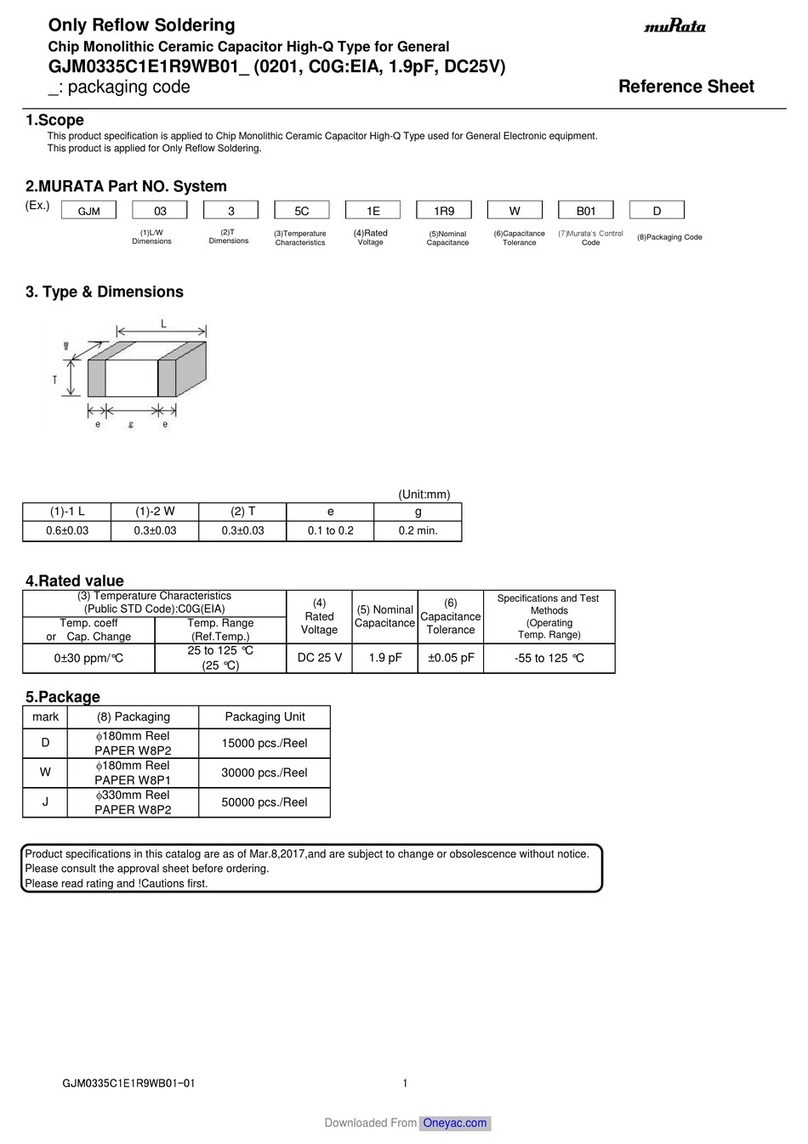
Murata
Murata GJM0335C1E1R9WB01 Series Reference sheet

Rohde & Schwarz
Rohde & Schwarz TS7124AS Instruction handbook
